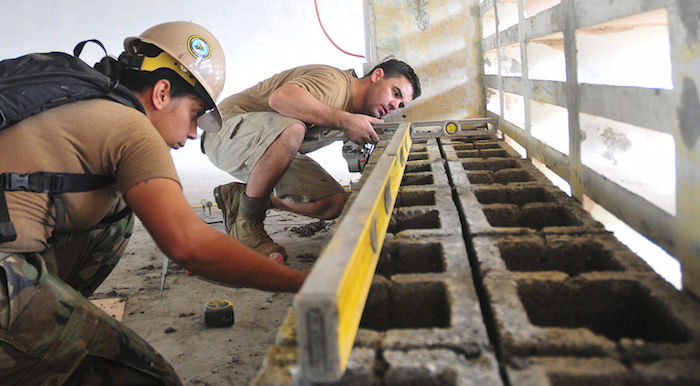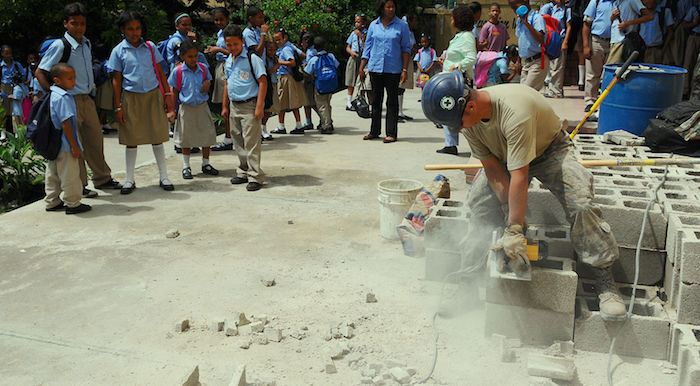
Imagine the world without concrete. No highways, roads, parking lots, or bridges; and no way to get from point A to point B. Concrete is crucial to the way the world functions today in various other ways than transportation too.
Take a quick look at the Google images search for “warehouse floor.” What do you see? Concrete, concrete, and more concrete! Concrete has become the go-to material for warehousing because of its smoothness for forklifts, durability, ease of cleaning, and much more.
What is Concrete?
Concrete is a material used to create hard surfaces that is composed of aggregate bonds and fluid cement that hardens fairly quickly. Used in almost every industry, concrete is the most widely used man-made material. The word “concrete” derives from the Latin word “concretus,” meaning compact or condensed.
Concrete provides solutions for industrial, commercial, and residential projects. Many of the world’s most famous structures are made out of concrete including the Roman Colosseum, the Roman Pantheon, the Hoover Dam, and the Panama Canal.
When was Concrete Invented?
The Nabataea traders (Bedouins) were the first group of people to use concrete when they developed a small empire in Jordan and Syria around 6,500 BC. Soon after that, they discovered the benefits of hydraulic lime which is a cement-like substance that hardens under water. By 700 BC they had figured out how to construct kilns in order to build houses and concrete floors.
Five hundred years later, concrete became heavily used during the construction of the Roman Empire. After the Roman Empire collapsed, the use of concrete became very rare until the mid-18th century because the procedure for making cement was lost until manuscripts were discovered in 1414.
Later in 1756, an engineer named John Smeaton created present day concrete by mixing coarse aggregate and powered brick with cement. Then in 1824 an Englishman named Joseph Aspdin invented Portland cement by burning particles of ground chalk and clay in a kiln until all carbon dioxide was removed.
Other Items Invented around the same time as “Modern” Concrete:
- 1750 – Jigsaw Puzzles
- 1752 – Lightening Conductor
- 1755 – The First English Dictionary
- 1756 – Mayonnaise
- 1764 – The Condensed Steam Engine
- 1767 – Carbonated Water
What is Concrete Composed of?
- Aggregate – Large chunks of material (could be gravel, sand, or rocks)
- Cement
- Water
- Chemical Admixtures – enables the cement to harden and be water resistant
- Reinforcement– composite material that increases mechanical properties
- Mineral Admixtures – silica fume, fly ash, coal-fired power plants, etc.

What is Concrete used for?
- Walls
- Flooring
- Highways
- Architectural structures
- Pavements
- Parking lots
- Dams
- Pools
- Pipes
- Fences
- Boats
- Bridges
What are the Benefits of Concrete?
- Recyclable
- Can be used in all types of infrastructure
- Durable
- Long-lasting
- Water and fire resistant
- Variety of specification
- Variety of surface finishes
- Flexibility of shape and form
- Energy efficient
How is Concrete Made?
Producing concrete basically just includes mixing materials together. The tricky park is the time sensitivity. Once the ingredients are mixed, the workers must lay the concrete before it hardens.
Most production takes place in a large industrial facility (concrete plant). A lot of equipment is required for production, including hand tools and heavy machinery.
*Check out this video to learn the full process of making concrete:
